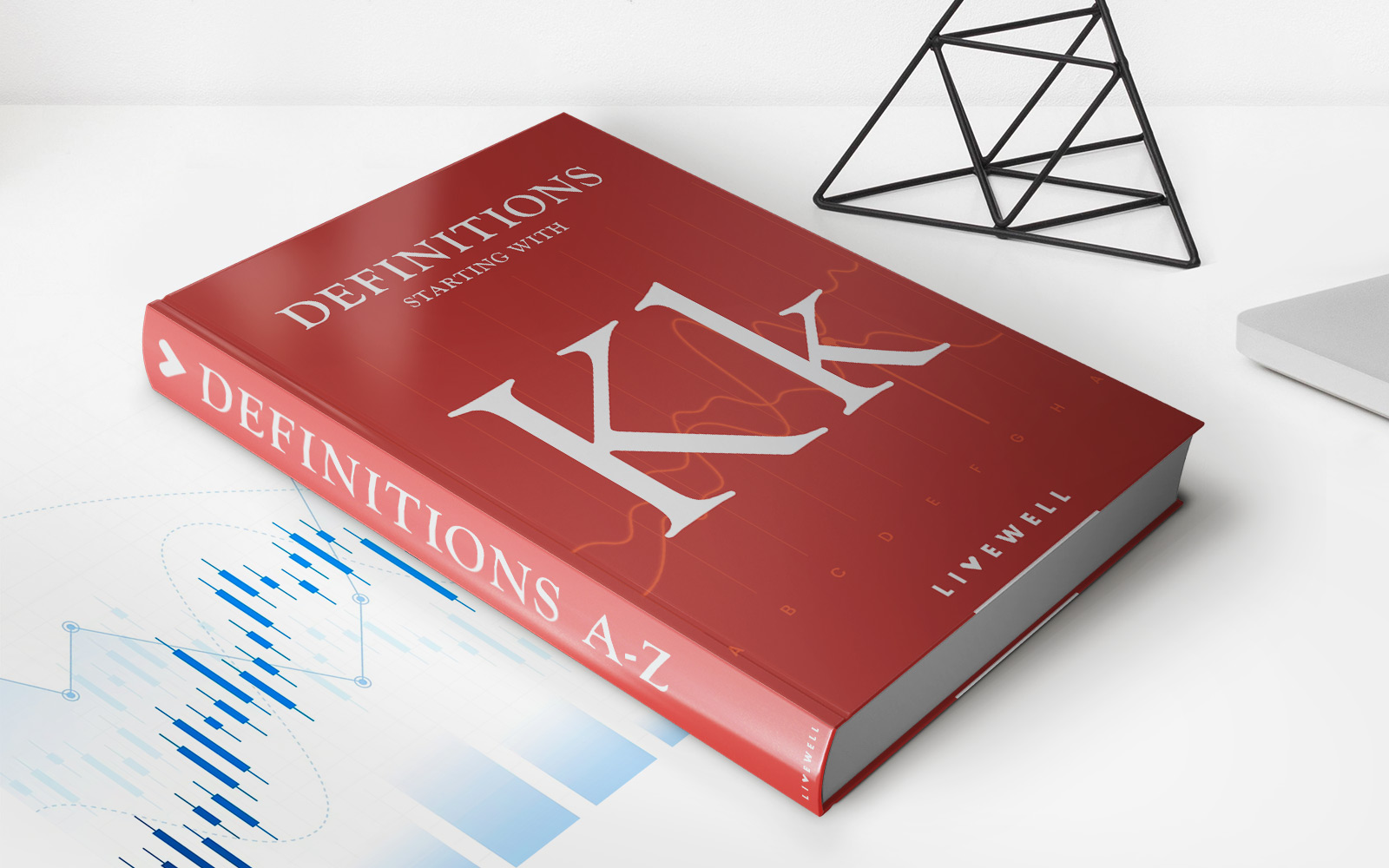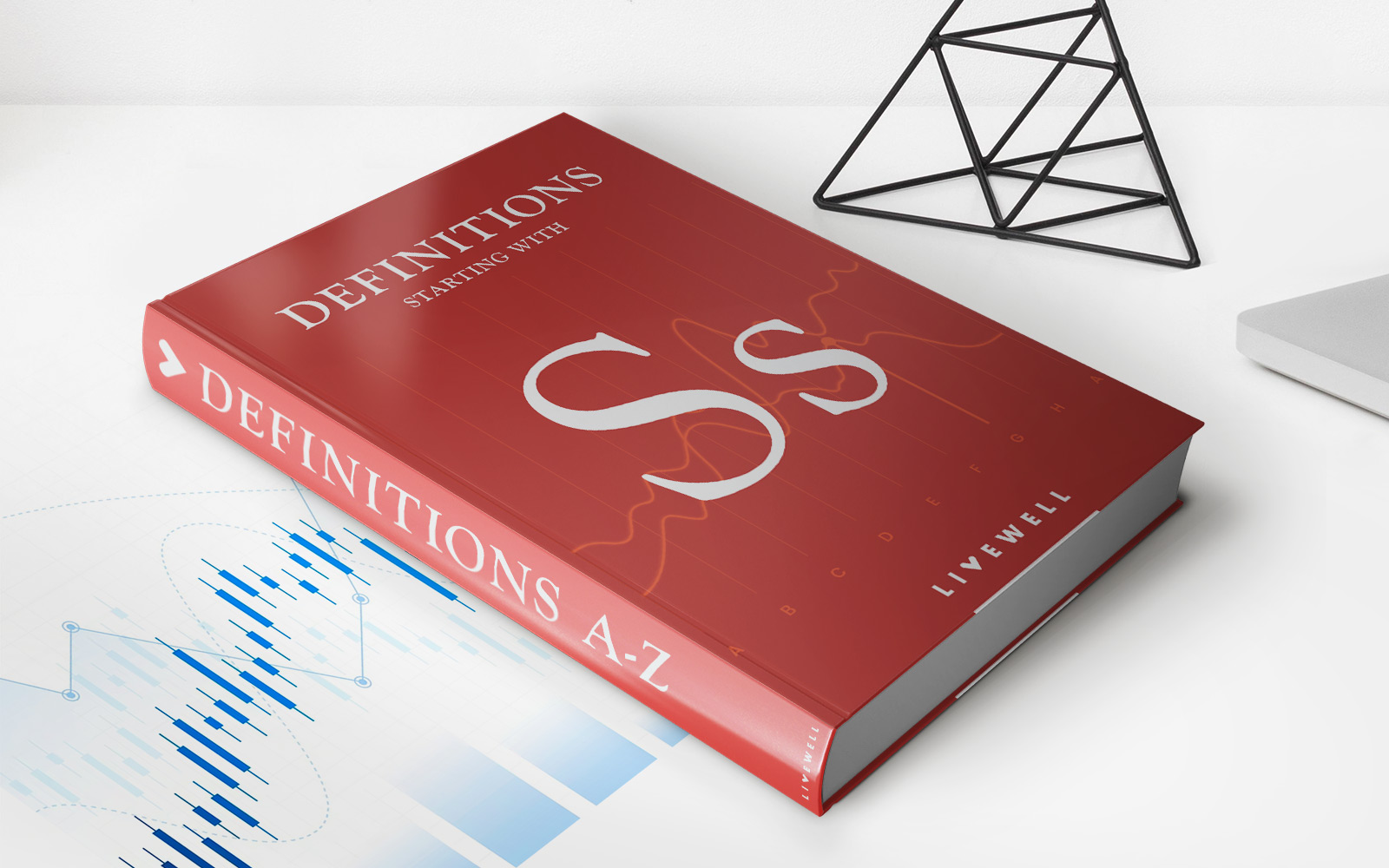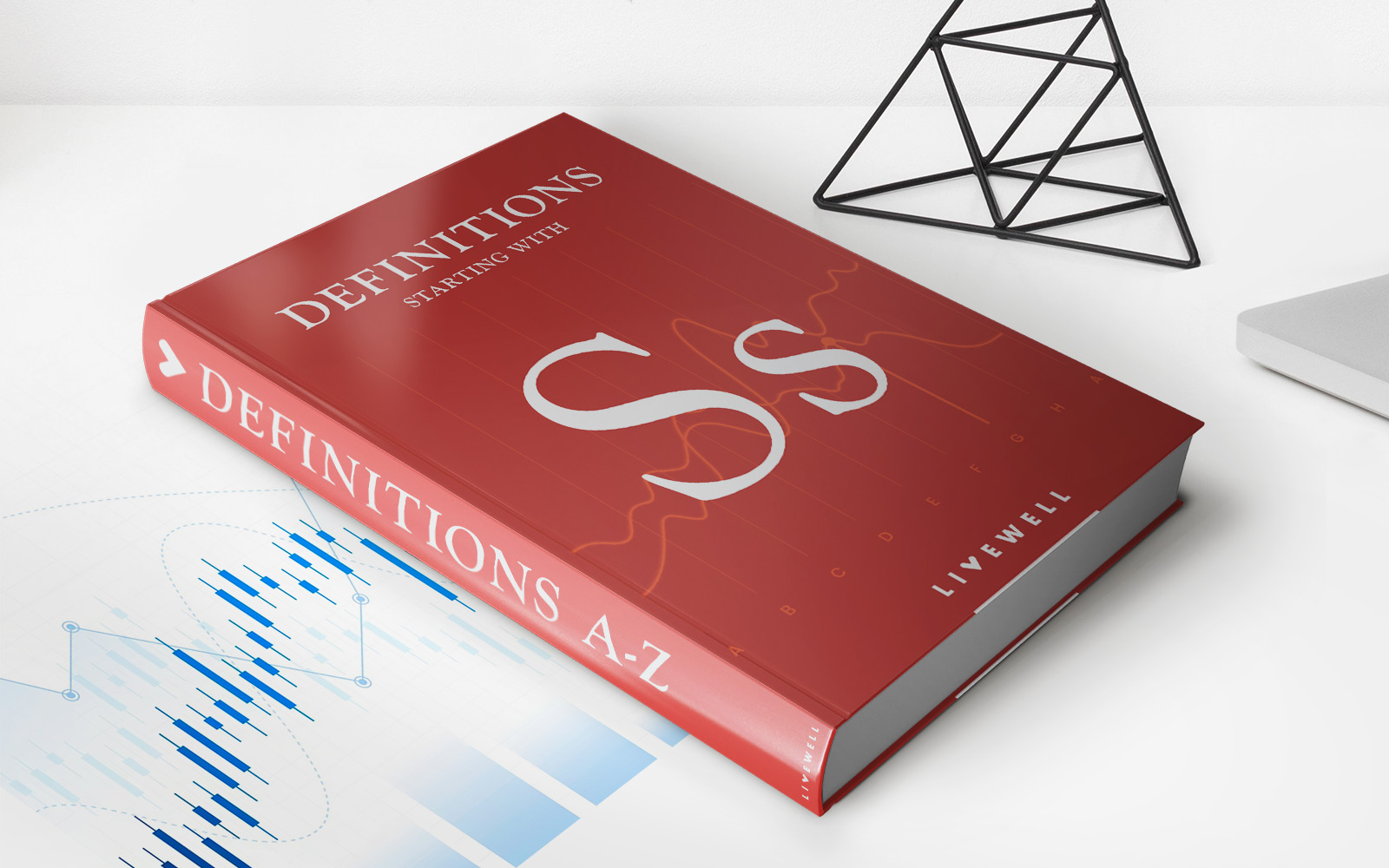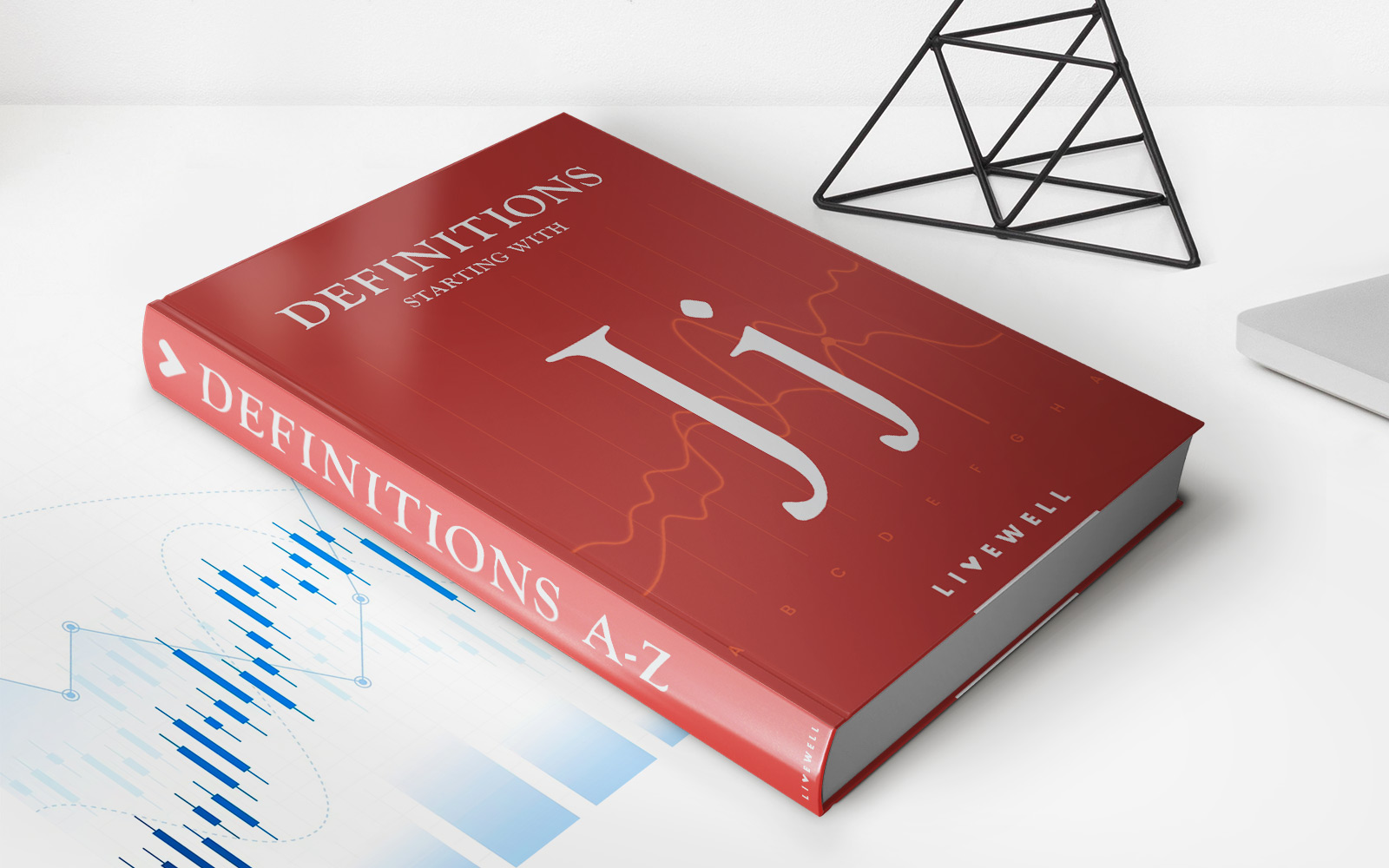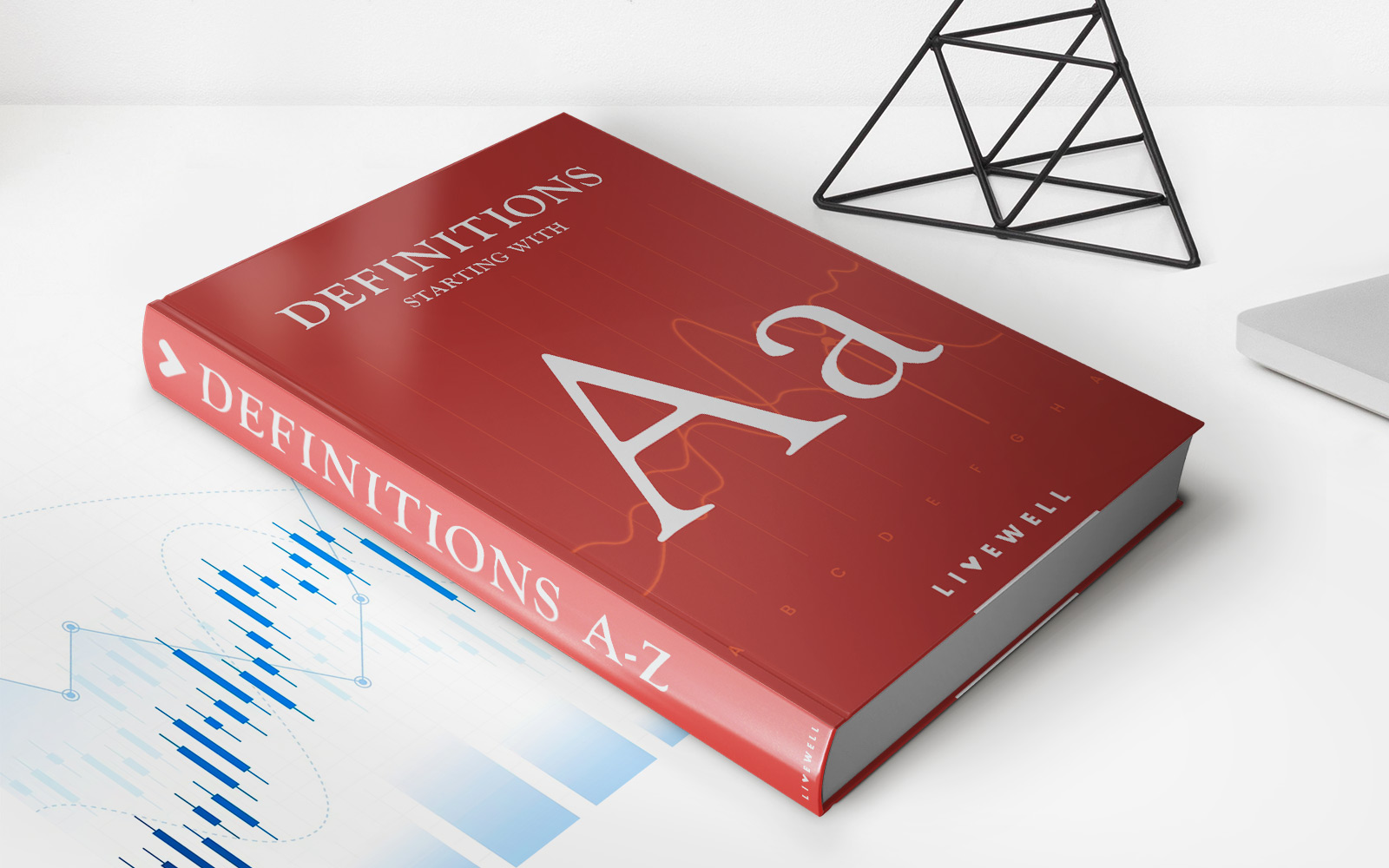Home>Finance>Hypothecation: Definition And How It Works, With Examples


Finance
Hypothecation: Definition And How It Works, With Examples
Published: December 6, 2023
Learn the definition of hypothecation in finance and how it works, with examples. Understand the concept of using assets as collateral for loans and its implications.
(Many of the links in this article redirect to a specific reviewed product. Your purchase of these products through affiliate links helps to generate commission for LiveWell, at no extra cost. Learn more)
Hypothecation: Definition and How It Works, With Examples
When it comes to personal finance, there are a lot of terms and concepts that can be confusing. One such term is “hypothecation.” If you’ve come across this term and are wondering what it means and how it works, then you’ve come to the right place. In this blog post, we’ll break down the definition of hypothecation and provide some examples to help you understand it better.
Key Takeaways:
- Hypothecation refers to using an asset as collateral to secure a loan
- The borrower retains ownership of the asset, but the lender has a legal right to take possession of it if the borrower defaults on the loan
What is Hypothecation?
Hypothecation is a financial term that refers to using an asset as collateral to secure a loan. In this arrangement, the borrower retains ownership of the asset but gives the lender a legal right to take possession of it if the borrower defaults on the loan. The asset acts as a form of security for the lender, ensuring that they have a means of recovering their investment.
Hypothecation is commonly used in various financing scenarios, such as mortgages, car loans, and business loans. Here’s how it typically works:
- A borrower approaches a lender for a loan and offers an asset (such as a house, car, or inventory) as collateral.
- Lender assesses the value of the asset and determines the maximum amount that can be borrowed against it.
- If the borrower defaults on the loan, the lender has the legal right to seize the asset and sell it to recover their investment.
Hypothecation Examples
To better understand how hypothecation works, let’s take a look at a couple of examples:
1. Mortgage: Suppose you want to buy a house but don’t have the funds to purchase it outright. In this case, you can approach a bank and apply for a mortgage. The house you intend to buy acts as collateral for the loan. If you fail to make the mortgage payments, the bank can foreclose on the property and sell it to recover the loan amount.
2. Car Loan: Let’s say you’re in need of a new car but don’t have enough savings to buy one. You can go to a dealership, find the car you want, and then apply for a car loan. The car you choose becomes the collateral for the loan. If you default on the loan, the lender has the right to repossess the car and sell it to recoup their investment.
Conclusion
Hypothecation is a practice commonly used in various financing arrangements. It involves using an asset as collateral to secure a loan, giving the lender the legal right to take possession of the asset if the borrower fails to repay the loan. By understanding hypothecation and its examples, you can make more informed decisions when it comes to managing personal finances and borrowing money.
So, the next time you come across the term “hypothecation,” you’ll have a better understanding of what it means and how it works.



